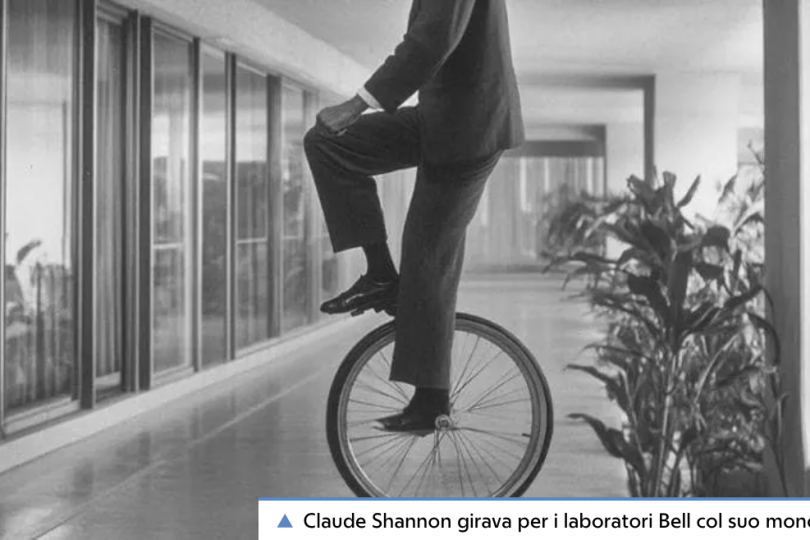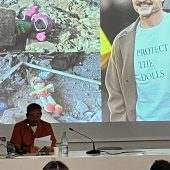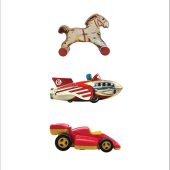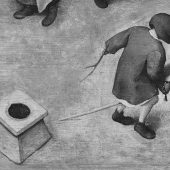The best inventions are child’s play. Literally.
(An article in the Italian newspaper La Repubblica by Giuliano Aluffi, featuring my Toy Theory research. Rough Google translation)
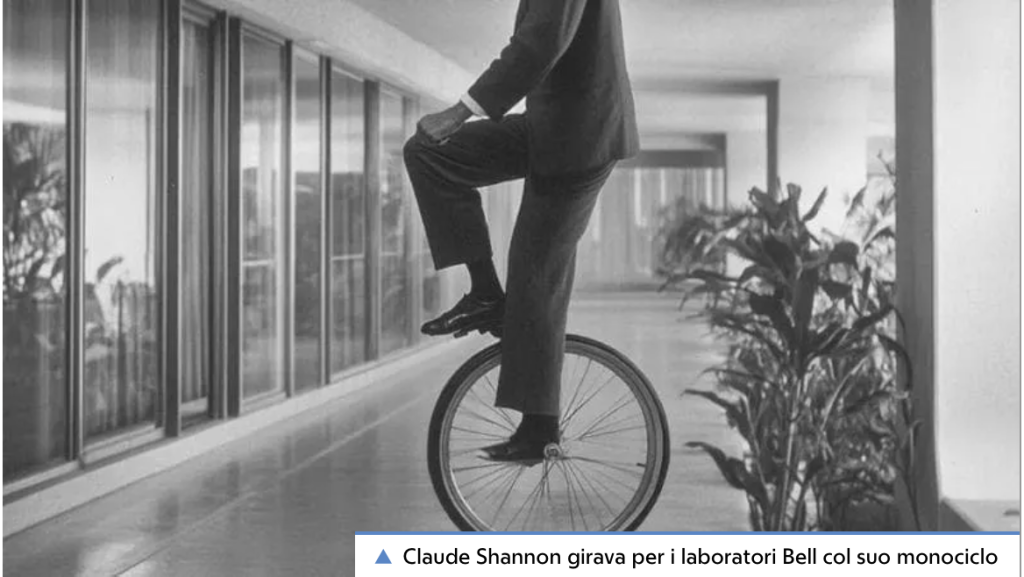
The wheel? It was designed to drag small terracotta animals, gunpowder for fireworks and the airplane owes much to the kite. In an essay, great ideas born for fun.
January 29, 2025 at 09:33 3 minute read
From the gift packages that children open at every party come not only dolls, building blocks and toy cars, but also – probably – the technologies of the future , because historically there has always been a strong link between toys and innovation . An example for everyone: in various cultures the wheel appeared first as a form of entertainment and only later as a means of facilitating the transport of things and people. «It happened for example in the empires of the Aztecs and the Incas: there were toys on wheels, for example ceramic dogs, while the practical use of the wheel did not take hold due to the lack of large pack animals such as oxen that could pull carts, but also the particular mountainous conformation of the Inca territory in the Andes which provided for many rope bridges and made llamas capable of climbing more practical» explains Seth Giddings , professor of Ludology at the University of Southampton. Giddings addresses the topic in the new essay Toy theory: technology and imagination in play (MIT Press).
«As archaeologist Gordon Ekholm suggests, these objects produced in Central America from 300 until the arrival of Europeans were only used to entertain children and had no ritual meaning». Wheeled animals are a game that has appeared several times in History: among the first of which there are traces are those found in Susa, in present-day Iran: a porcupine and a lion from over three thousand years ago, now preserved in the Louvre. «A suggestive hypothesis is that our prehistoric ancestors also invented the first tools, such as axes, spears and sewing needles, in moments of respite from the immediate need to defend and protect themselves from the cold: these discoveries were the product of a carefree and playful manipulation of materials – stones, branches, skins and animal bones – that generated new ideas» explains the scholar. «It is unlikely, for example, that the first spear emerged as a practical response to the conscious thought “What extension of my arm can I devise to hit that animal more effectively?”. It is more likely that it was during the throwing of objects for the purpose of pure entertainment and exploration of one’s own abilities, as we see today in monkeys, that man had the abstract intuition for the very first hunting weapons. An intuition made possible by the familiarity acquired by playing with the weight and properties of stones and sticks and by the relationships between body movements and the remote effects that can be caused”. Katriina Heljakka , a researcher in games and digital cultures at the University of Turku, Finland, adds: “Games can give shape to an innovative and exploratory illumination, which can transform into a practical application even a long time later: the idea of the airplane , or artificial flight, was already sown thousands of years ago thanks to the first kites ” she explains. “Even a very useful object like the compass was born as a toy – in China in the second century BC – and long before becoming a navigation tool it was used for a non-technological purpose: divination . Another Chinese invention, gunpowder, also has a playful origin: it was initially used for fireworks.”
The game also precedes the creation of the futuristic object par excellence: the computer. «In the Book of Ingenious Devices by the Banu Musa brothers of mathematics, published in Baghdad around 850 AD, a “self-playing instrument” is described, a kind of organ that could produce different pieces of music written on interchangeable rotating cylinders: this is the essence of the idea of the distinction between hardware, or the device, and software, the cylinders. Thus, for fun, the idea of a programmable machine was born» says Steven Johnson, who touched on the subject in the essay Wonderland . «The cylinders were also taken up by the French inventor Jacques de Vaucanson in the 19th century. Inventor of automatons with the sole purpose of entertaining and astonishing – including a mechanical duck capable of quacking, eating and digesting – de Vaucanson invented the first mechanical loom, which was then taken up again fifty years later by Joseph-Marie Jacquard and gave rise to the Industrial Revolution .
The ultimate machine
Yet the role of toys in the development of technology tends to be underestimated. “Because they are considered culturally insignificant, and philosophically ambiguous, capable of taking on very different meanings at the same time,” Heljakka comments. “For a parent, the teddy bear that he gives to his child is just an object useful to keep him busy and entertained , while for the child the teddy bear becomes a playmate on whom to shower affection.”
And here another paradox emerges: “They are at the same time the things we hold dearest when we are little, and also the most ephemeral and transitory objects, the ones that most frequently end up in landfills”, observes Giddings. “Another ambiguity is that on the one hand they represent the world of adults on a small scale – just think of the little houses that children build with bricks, and which also serve as a model for understanding the cities in which they live – and on the other they offer children the way to parody and subvert the outside world, inventing buildings with impossible or unusual shapes in reality”. But it is precisely this relationship of fidelity and infidelity to reality typical of toys that allows us to unleash our imagination, finding many implausible and fun ideas, but perhaps also some that can have useful applications. “This was the case for automatons , created to amaze, with their verisimilitude, adults and children many centuries before the current and extraordinarily useful robots”, says the researcher.
«But» he continues «to convince oneself of the value of toys as a driving force for innovation, a famous example is enough, that of the father of computer science, Claude Shannon . In order to find ideas, in the 1950s he loved to ride around Bell Labs – one of the greatest hotbeds of innovation ever – on a unicycle, doing tricks with juggling clubs. One day he created a particular device: a box with a single large switch. By pressing it, a door opened and a little hand came out, which put the switch back to “off”, and then withdrew. He called it: “The ultimate machine”».
On Friday January 24, 2025
